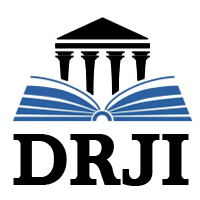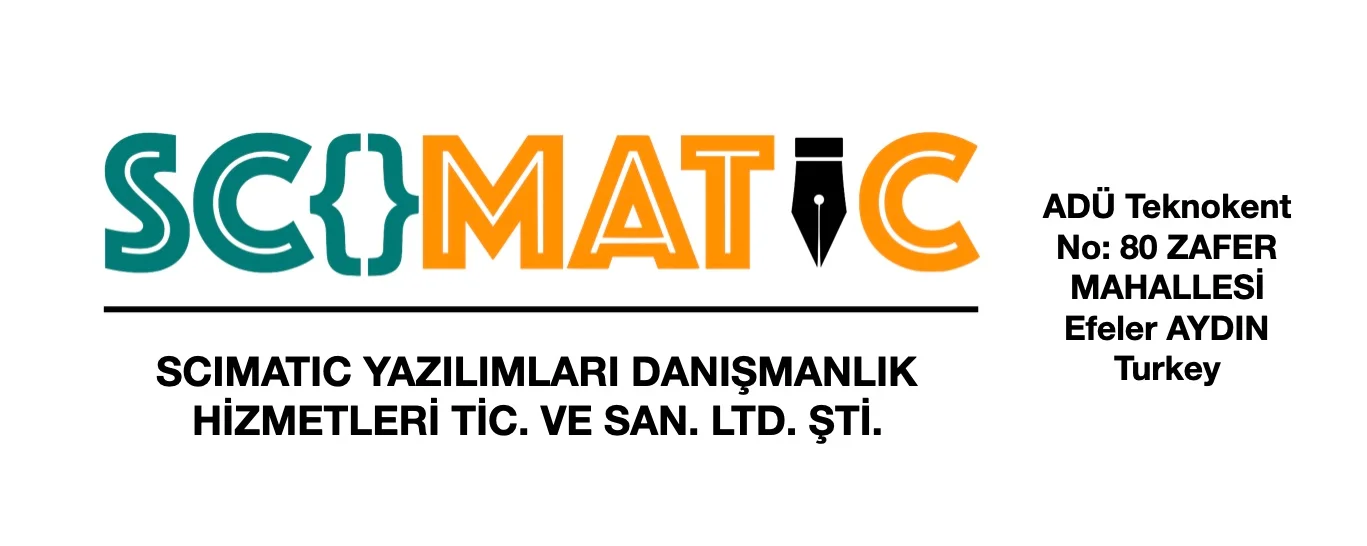Social Science Navigating the Minefield: Human Rights Advocacy in Conflict Zones - Challenges and Triumphs
Keywords:
Human rights, advocacy, frameworks, Logistical challenges, Psychological, distress, Resilience, Innovation, Case, studies, Ethical considerations, Protection, International law, Local communitiesAbstract
Conflict zones, defined by violence, displacement, and shattered social structures, pose a unique and perilous landscape for human rights advocacy. This article delves into the intricate world of human rights defenders operating in these volatile environments, examining the multifaceted challenges they face - from physical threats and restrictive legal frameworks to logistical hurdles and psychological distress. However, amidst the darkness, glimmering stories of resilience, innovation, and impactful advocacy emerge. By analyzing diverse case studies, theoretical frameworks, and ethical considerations, we illuminate the crucial role of human rights advocacy in conflict zones, celebrating its successes and advocating for greater support and protection for these dedicated individuals. (Borer, 2003).
Downloads
References
International Center for Transitional Justice. (2019). The Guide to Transitional Justice.
Betancourt, T. S. (2008). The mental health of children affected by armed conflict: Protective processes and pathways to resilience. (pp. 317-328). International Review of Psychiatry, 20(3).
Borer, T. A. (2003). A social identity theory of competitive relationships between advocacy movements. (pp. 189-223). Social Forces, 82(1).
Byman, D. (2005). Hearts, Minds, and Dollars: The Battle over Public Opinion in the War on Terrorism. Brookings Institution Press.
Carpenter, C. R. (2007). Setting the advocacy agenda:Theorizing issue emergence and nonemergence in transnational advocacy networks. International Studies Quarterly, 51(1), 99-120.
Chinkin, C. &. (2017). Gender and new wars. In El Feki, S., Heilman, B., & Barker, G. (Eds.), Understanding MENA Masculinities: Men in a Changing Middle East (pp. 95-106). UNDP Regional Bureau for Arab States.
Cole, W. M. (2001). Resistance, Reflection, and Renewal: What Twenty Years of Research Tells Us About Oppositional Political Organizing. Psychology Press.
Davies, S. E. (2010). NGOs: A new history of transnational civil society. Oxford University Press.
Fisher, R. J. (2003). Interactive conflict resolution. Syracuse University Press.
Krain, M. &. (2000). The power of human rights. Cambridge University Press.
Merry, M. (2006). Human rights and gender violence: Moving from the margins to the mainstream. University of Pennsylvania Press.
Pouligny, B. (2006). Peace operations seen from below: UN missions and local people. C. Hurst & Co. Publishers.
Richmond, O. P. (2010). Liberal peace transitions: Between statebuilding and peacebuilding. Edinburgh University Press.
Stedman, S. J. (1997). Spoiler problems in peace processes. International Security, 22(2), 5-53.
Zartman, I. W. (2007). International mediation in the post-Cold War era. Routledge.






















